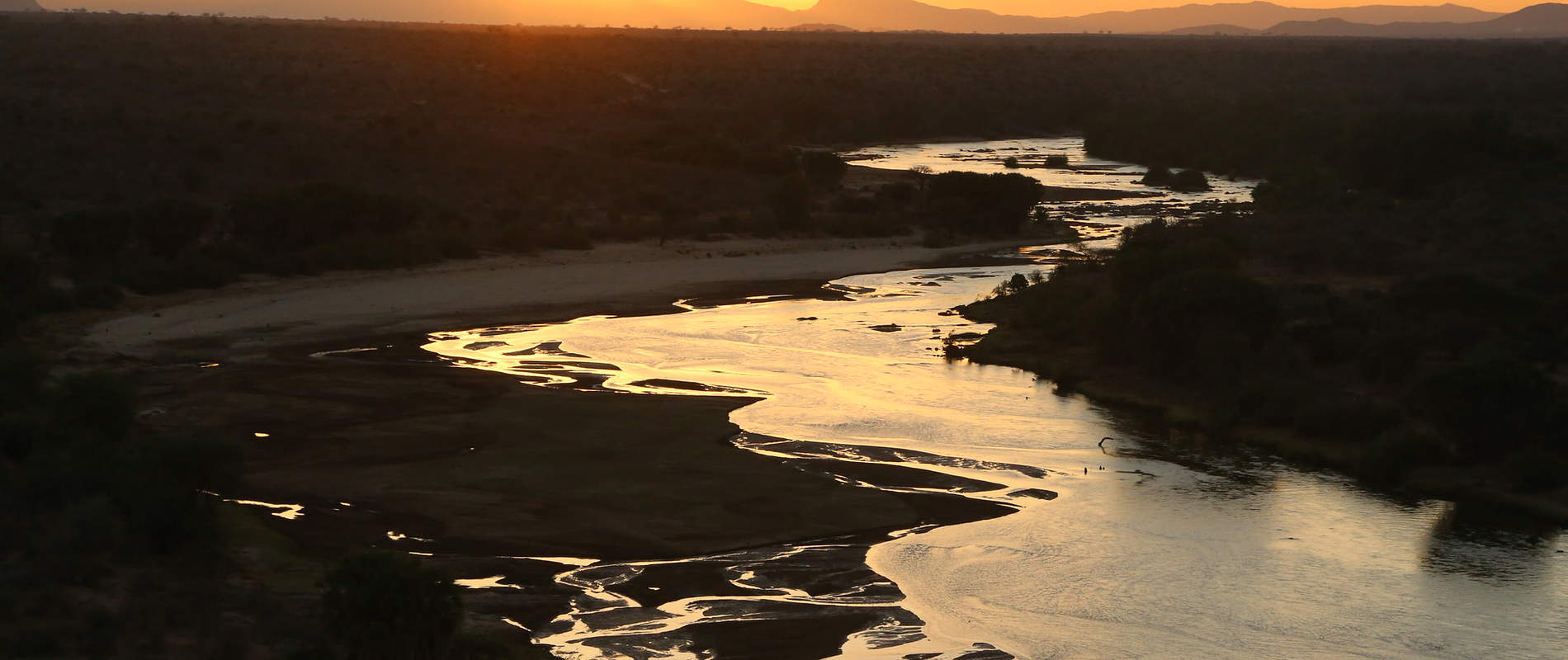Having covered over 15,750kms this month, the Aerial Unit has been patrolling extensively over the Tsavo Conservation Area whilst supporting the KWS/DSWT Anti-Poaching Teams and Mobile Veterinary Units
Having covered over 15,750kms this month, the Aerial Unit has been patrolling extensively over the Tsavo Conservation Area whilst supporting the KWS/DSWT Anti-Poaching Teams and Mobile Veterinary Units.
Farmer's fields in communities bordering the parks and protected areas have become bare over this harsh dry season, and while elephants are not crop raiding they are in search of water, and poachers have been busy at work.
Poaching for bush-meat and elephants is easy during such months as water points are limited and animal movements become predictable, yet despite this the DSWT Aerial Unit did not discover any fresh elephant carcasses this month. The Unit did however have an incredibly busy time supporting the KWS seconded Veterinary Officers, including one tragic poaching case resulting in the need to euthanize an elephant due to severe bullet wounds as well as a number of other elephants requiring emergency veterinary treatment for poaching related injuries.
KWS tracker dogs were flown into strategic locations by the DSWT pilots during the month in pursuit of poachers when needed and many successes have been experienced including a number of poachers being captured and taken to court to be sentenced.
The Trust helicopter was active in many elephant treatments in September as well driving out elephant bulls from community areas near Mtito Andei, pushing them successfully back into the Park before they could cause further damage or become victims of poachers. Such intervention is vital in protecting both elephants and communities and is effectively achieved by the use of a helicopter.
The helicopter was also vital in the search of ‘Bahati’, a three year old wild born rhino calf in the Chyulu Hills National Park, which was sighted via Big Life Foundation’s camera traps with a tight cable snare around his neck.
More from the Aerial Unit can be read in our monthly report:
